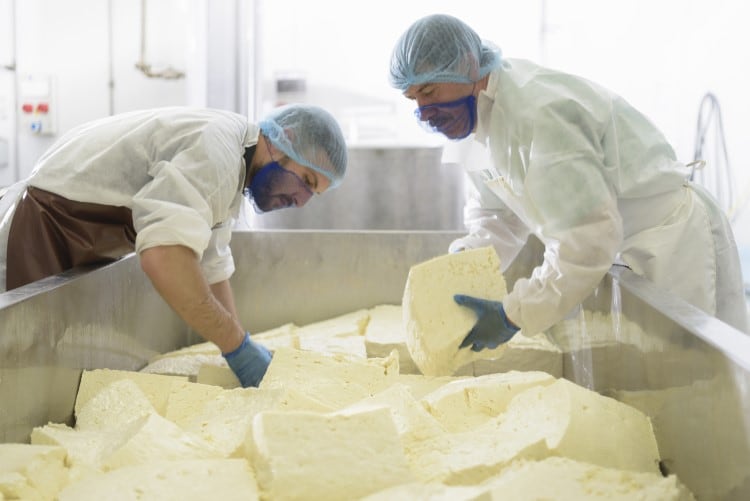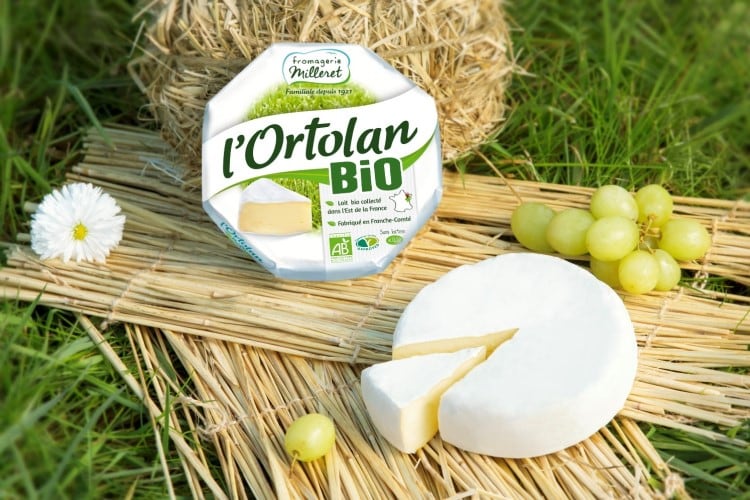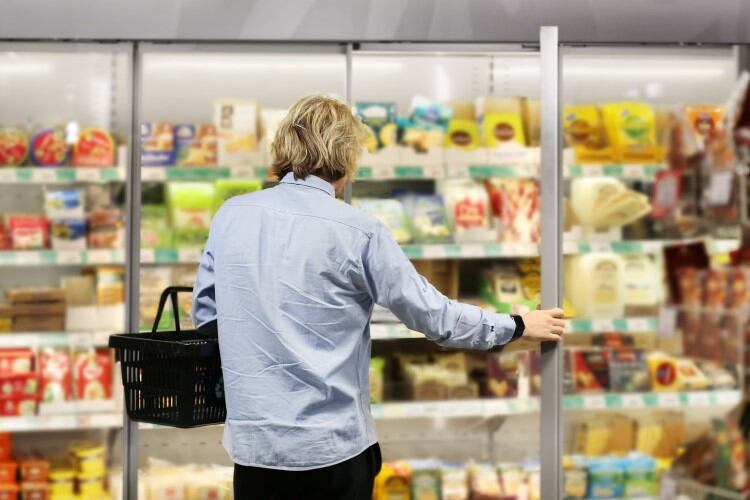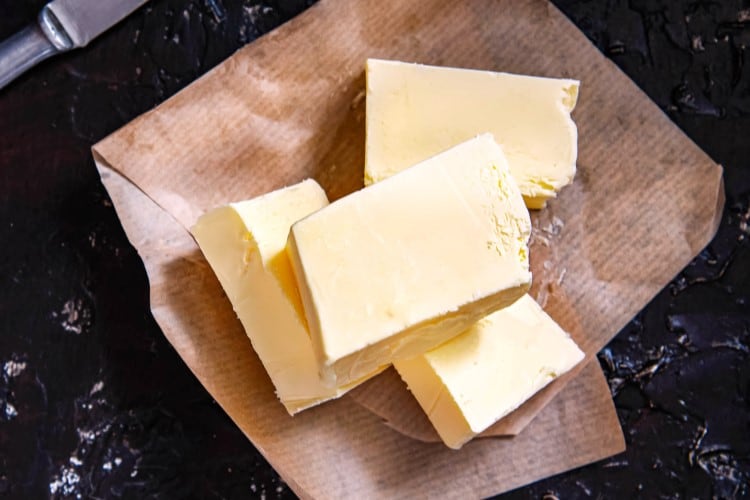Shropshire-based Bridge Cheese supplies cheese and dairy products to the food service and industry and food manufacturers. The company was only founded in 2017, but had already doubled its production capacity by 2022 and offers a range of traditional cheese such as cheddar and continental varieties; pizza blends including mozzarella, and a variety of functional options like heat-stable cheese and a fat-filled range.
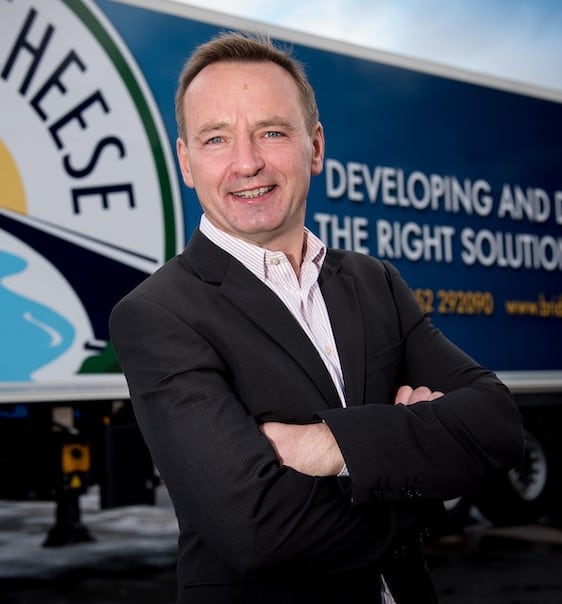
The cheesemaker has recently started to look at how to improve other aspects of the business, such as making operational changes to boost the business’ environmental sustainability. The company invested in more energy-efficient machinery, but something else presented an opportunity – personal protective equipment (PPE) use.
In the UK where Bridge Cheese is based, regulators such as the Food Standards Authority and the Health & Safety Executive have specific guidance for PPE used by food handlers and with regards to workplace safety. It’s no different elsewhere globally, with dairy producers relying heavily on various items of PPE in their day-to-day operations.
Michael Harte, managing director at Bridge Cheese, said: “In our production facility in Telford, our workers – depending on their role – use a variety of PPE every day from lab coats, face coverings, high-visibility jackets and vests and coveralls, to safety shoes, beard snoods, hair nets and gloves. We are not unusual in having such stringent PPE rules, as there is a vast amount of personal protective equipment used in the food industry which is both a matter of best practice and legal requirement.
“PPE also plays a crucial role in protecting workers from risks within the factory environment. Hi-vis clothing is important in areas where forklift trucks or refrigerated lorries are active, safety shoes are needed on the factory floor, while gloves help protect hands and skin from injuries.”
When it comes to dairy, Harte admits that PPE waste is part and parcel of food production. “Having worked in the dairy industry for more than 20 years, there are some things which are just the way things have always been done.
“Traditionally, PPE used in the dairy industry has been thrown away – straight to landfill or incineration."
“But when we put a sustainability lens on this universally-acceptable practice, we see that things need to change and move forwards if we are going to reduce our impact on the environment.”
“The decision to review our PPE use – and reuse – actually came about earlier this year when the contract for our coat laundering service came up for renewal,” Harte added. “With our sustainability plan in mind, we looked around for alternative suppliers with a view to seeing if there were any companies out there handling PPE in a more green or efficient way.”
Bridge Cheese partnered with Staysafe PPE, a Midlands-based washing and repairing service for PPE and gloves that claims to save businesses more than 60% from PPE costs while helping them reduce waste at the same time. Harte said Staysafe is “helping us make big changes to how much equipment we use, how much we reuse and how much we divert away from landfill”. “There is a positive cost implication to the changes we’re making, but the impetus behind the change was the sustainability driver,” the Bridge Cheese MD added.
He explained that Staysafe PPE uses ozone in their washing systems to kill bacteria and remove pathogens in cold water. “They can clean all our clothing, from lab coats to hi-vis wear,” Harte said. “Regular laundries use thermal disinfection, which means washing at 60oC or above, but many PPE items are not made to withstand this – hi vis and waterproofs would melt at those high temperatures.”
“We now reuse or recycle everything we can in our production facility on a weekly basis.”
However, he admitted that there are still some barriers. Single-use items such as hair nets and beard snoods are still not washable nor recyclable, as their fibers are too delicate to withstand the washing process – although the Staysafe PPE is said to be exploring options to reuse these in the future, too. Globally, hair nets and similar plastic single-use PPE can also be upcycled into new recycled plastic products.
“There is a limit to the number of times hi-vis jackets and waterproofs can be washed, and how clean they can get,” Harte added. “So Staysafe PPE have a number of initiatives and partnerships in place to utilize items that have reached the end of their working life with us. For example, hi-vis jackets can be unbranded and donated to charities or good causes, such as litter picking groups or community gardens. Safety shoes and hard hats can also be donated to charities like Cycle of Good, which works with a network of organisations in Malawi. These items can be worn by people working on building sites, such as a project ongoing there at the moment to construct a university.”
The manufacturer can even choose to link up with organizations that use unrecyclable textiles to make insulation fibre, or companies granulating gloves into a sand substitute for concrete, which saves sea beds and their ecosystems from being damaged for sand collection.
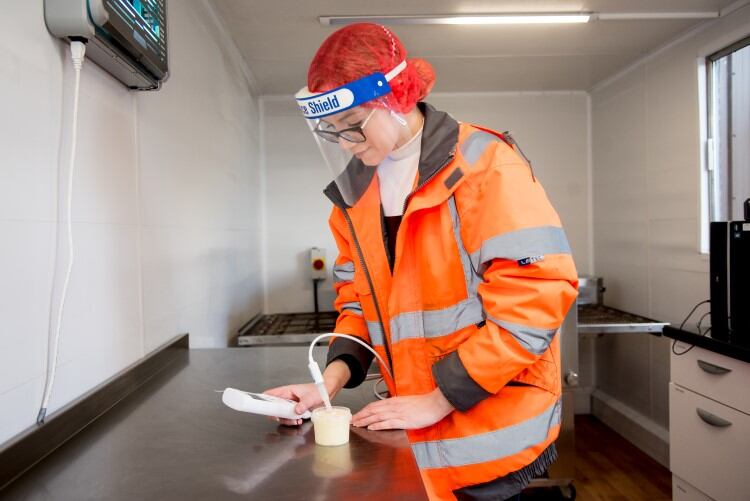
In terms of adapting the business to this operational change, Harte said there have been no interruptions at all. “We send the PPE to be cleaned every week, and it comes back to us ready to use. The partner we use is local to us and they use a courier service which uses fully electric vans, so even the carbon footprint of transporting the PPE to and from the laundry is minimal.”
Bridge Cheese hasn’t been able to measure the impact of the changes in terms of emissions reductions quite yet, we were told. “We haven’t been able to measure the impact on emissions of reducing our PPE waste specifically yet, but through the work we are doing with Telford & Wrekin Council and the Business Net Zero organisation, it’s something we are looking to quantify in the future so we can benchmark our performance and put further plans in place for improvements further down the line,” Harte said.
But on PPE cost, the cheesemaker has been saving ‘more than we expected’. “By laundering and reusing more of our PPE on a weekly basis, we are saving money on this cost line compared to continually buying new PPE,” Harte explained. “It doesn’t change the way we operate our business or make our products, but it does help us streamline our operational costs, which means we can keep our prices competitive for our customers.”

